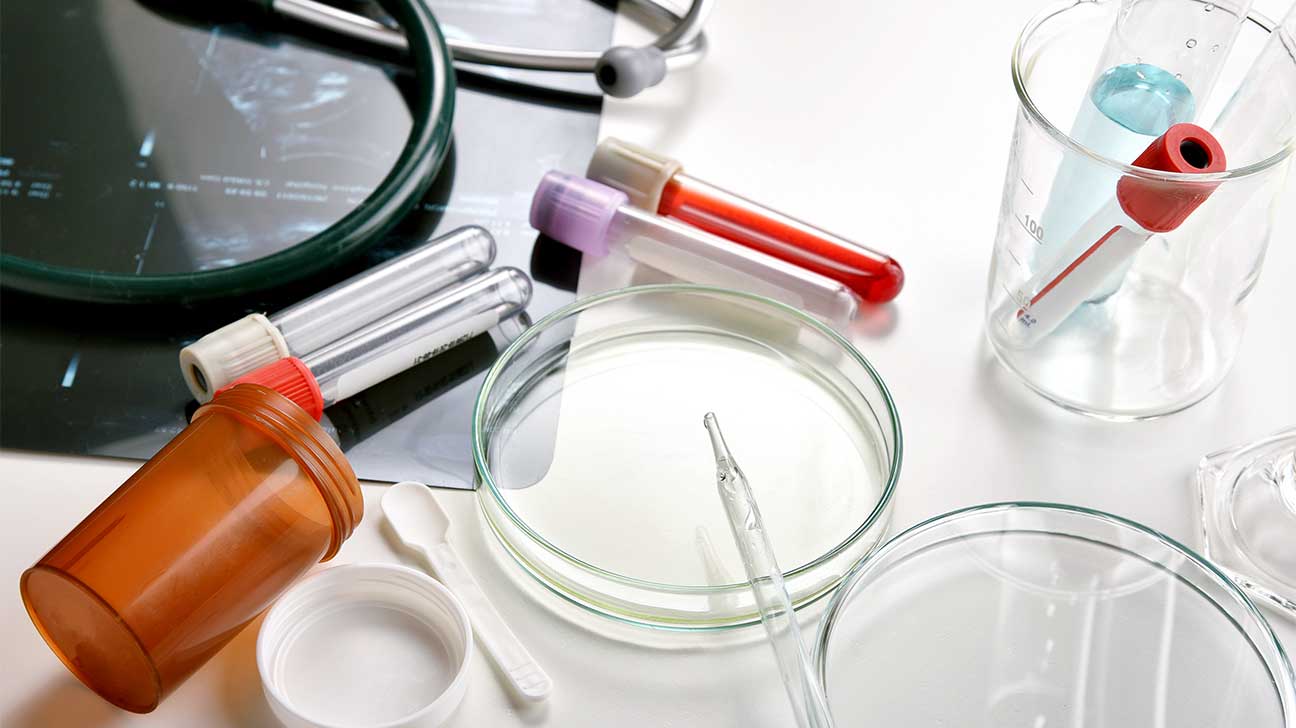
One of the primary ways medical professionals monitor Dilaudid use is by performing regular drug testing. Dilaudid can be detected by analyzing samples of hair, urine, saliva, or blood.
Average detection times for Dilaudid are as follows:
- urine tests: up to four days
- blood tests: up to 24 hours
- saliva tests: up to 48 hours
- hair tests: up to three months
These detection times are average estimates based on the general user. A variety of factors, including a history of substance abuse and addiction, can affect these estimates.
What Is Dilaudid?
Dilaudid is a common brand name for the drug hydromorphone. This comes in the form of a tablet or oral solution. The extended-release formulation of hydromorphone is Exalgo.
Hydromorphone is a central nervous system depressant that binds to the body’s opioid receptors and can provide pain relief. This makes it an effective pain medication to treat severe pain and chronic pain.
Chemically, hydromorphone is similar to opioid analgesics like:
- morphine
- oxycodone
- hydrocodone
- codeine
- oxymorphone
- the synthetic opioid fentanyl
Why Do People Get Screened For Dilaudid Use?
Dilaudid is classified by the U.S. Drug Enforcement Administration (DEA) as a schedule II controlled substance. This means it has a high potential for abuse and addiction.
This is, in part, due to the addictive nature of some of its side effects.
Short-term side effects of Dilaudid can include:
- dry mouth
- happiness
- relaxation
- constipation
- lightheadedness
- drowsiness
- slow breathing
Doctors may test patients for opioid use as a preventative strategy in order to prevent opioid abuse and addiction.
In addition, people are commonly tested for drug use as a condition of employment, before being hired by an employer, and for other legal or forensic purposes.
Urine Tests For Dilaudid Use
Urine screenings are the most common type of testing method. Urine tests can detect Dilaudid use for up to four days after your last dose.
Blood Tests For Dilaudid Use
Blood samples have the shortest detection window. Dilaudid remains in the blood for up to 24 hours, or one day after use.
Saliva Tests For Dilaudid Use
Oral fluid tests, such as saliva tests, can detect drug use the fastest. Saliva tests can detect Dilaudid use in as little as a few minutes and for up to two days after ingestion.
Hair Tests For Dilaudid Use
Through an analysis of hair follicles pulled from the head or body, hair tests can detect Dilaudid use for up to 90 days after last use.
Factors That Can Affect How Long Dilaudid Stays In Your System
Not everybody processes drugs the same way. The amount of time it takes for Dilaudid to leave the body can depend on a wide range of personal and genetic factors.
Factors that can affect Dilaudid detection times include:
- frequency of use
- amount of drug used
- polydrug abuse (taking multiple drugs)
- metabolic rate
- overall health status
- older age
Taking higher doses of Dilaudid over time, or developing physical dependence, can extend the average detection window. This is because you’re likely taking more than the average user.
This can also increase the risk of developing an addiction to Dilaudid. Without treatment, Dilaudid addiction can develop into a chronic and life-threatening drug problem.
How To Get Dilaudid Out Of Your System
Stopping Dilaudid is the only way to get it out of your system. For some people, however, this isn’t as simple as it sounds.
Becoming physically dependent on or addicted to Dilaudid can make it very difficult to stop taking it. This can trigger uncomfortable withdrawal symptoms, such as diarrhea and vomiting.
If you’re addicted to Dilaudid, the safest way to stop using it is to seek professional help through a drug detox program.
Finding Treatment For Dilaudid Abuse And Addiction
If you or a loved one has been abusing Dilaudid, getting it out of your system through detox is only the first step towards recovery.
Most people who struggle with substance abuse or addiction need the additional support and structure that can be found within a drug rehab program.
Treatment programs for Dilaudid abuse and addiction include:
- inpatient rehab programs
- medication-assisted treatment (e.g. methadone maintenance, buprenorphine)
- outpatient rehab programs
Recovering from opioid addiction is possible. For more information about Dilaudid detox or to find an addiction treatment center near you, call our helpline today.
Addiction Resource aims to provide only the most current, accurate information in regards to addiction and addiction treatment, which means we only reference the most credible sources available.
These include peer-reviewed journals, government entities and academic institutions, and leaders in addiction healthcare and advocacy. Learn more about how we safeguard our content by viewing our editorial policy.
- HealthPartners—Interpretation of Opiate Drug Screenings
https://www.healthpartners.com/ucm/groups/public/@hp/@public/@ime/@content/documents/documents/cntrb_031044.pdf - Redwood Toxicology Laboratory—Laboratory Testing Reference Guide
https://supremecourt.nebraska.gov/sites/default/files/Programs/CIP/events/redwood/LAB_Reference_Guide.pdf - U.S. National Library of Medicine: MedlinePlus—Hydromorphone
https://medlineplus.gov/druginfo/meds/a682013.html


